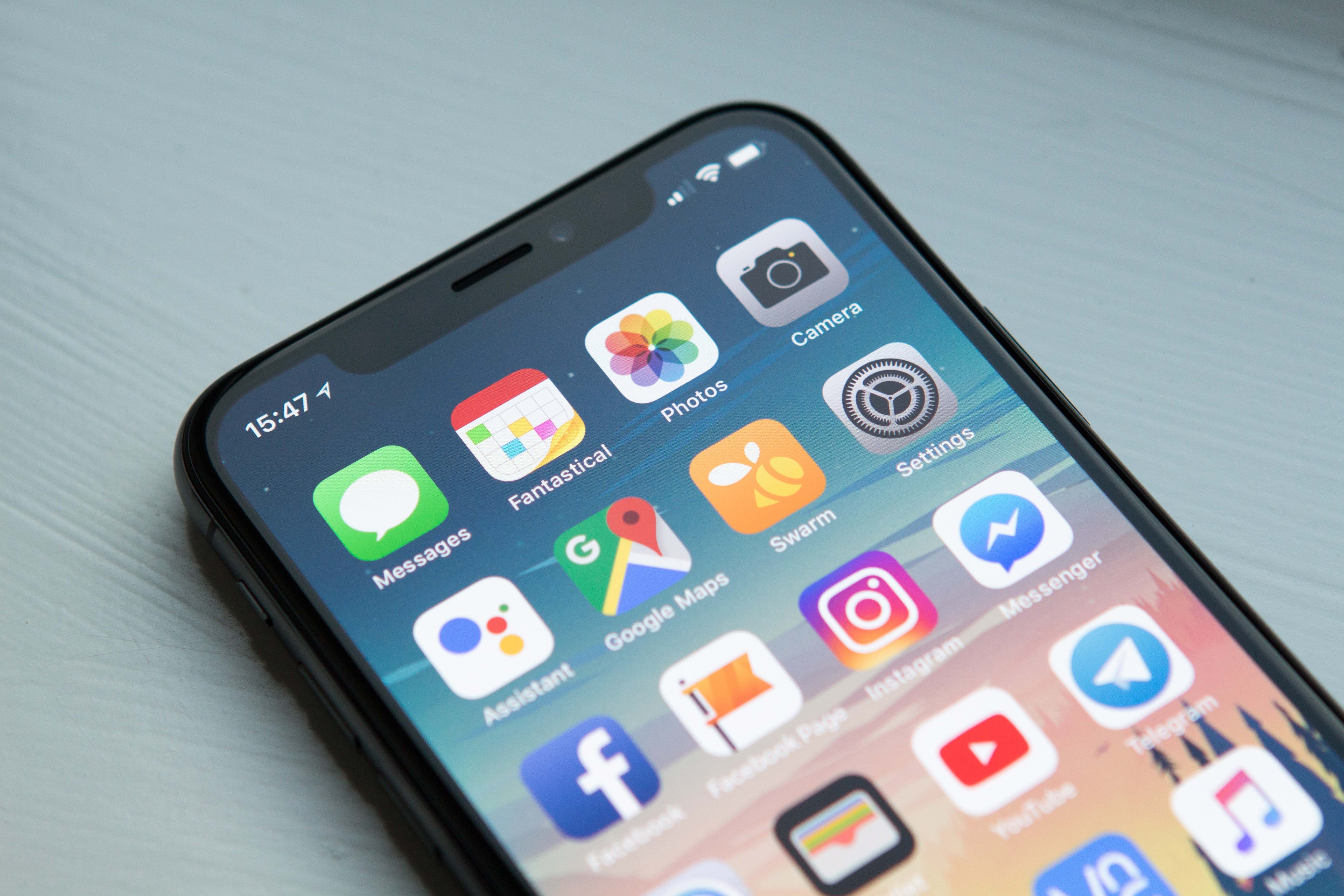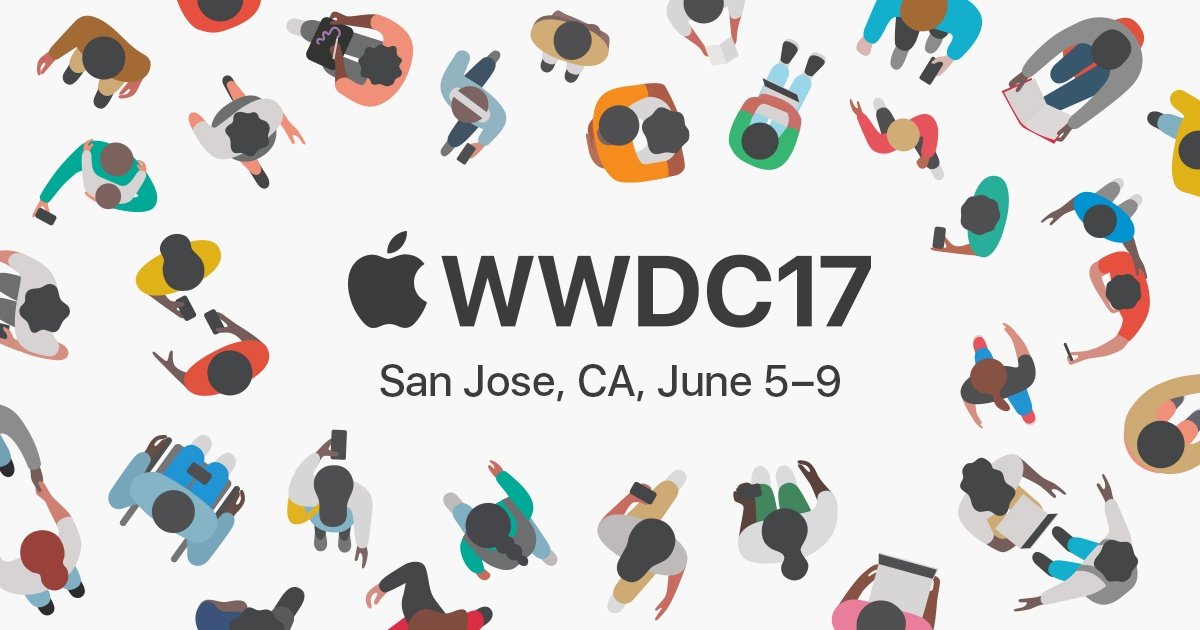It’s unfortunate, but many publishers and developers define an app’s success by its ability to perform in the U.S. app stores. We’re not really sure why. Maybe it’s an extension of an old-fashioned “start local, grow global” entrepreneurial mentality. Maybe it’s a lack of confidence and/or knowledge when it comes to doing business in foreign markets. Or maybe it’s just that the U.S. app stores are the biggest, and if you can make it there, you can make it anywhere.
Regardless of the reason, the results remain the same: Too many publishers and developers have given up on an app because it failed to chart in the U.S. edition of Google Play or iOS. But had they abandoned campaigning in the domestic app stores (at least initially), and directed their efforts to the international marketplace at the onset, things might have been drastically different.
Here’s why:
It’s Almost Too Hard To Compete
A good barometer of competitiveness is the degree to which the top charts change over the course of days or weeks. The greater the degree of movement, the better the chance any one app has at discoverabilty.
The green and red arrows show rank movement in the top 15 overall apps in the U.S. iOS App store between July 27 and July 28:

The same for Germany:

And Korea:

And France:

And Venezuela:

The greatest single movement in the U.S. was an increase of five ranks, in which Mercari jumped from eight to third overall. The remaining top 15 essentially swapped positions, moving one or two rankings in either direction. Compare that to what happened in in the app stores across three different continents.
It’s Expensive
On average, while the average revenue per user (ARPU) is higher in the U.S., so is the cost per install (CPI). For certain categories, the CPI makes acquiring new, loyal users prohibitively expensive.
Let’s use Clash of Queens as an example. An Apptopia “Top App of the Week” and a big mover in Japan, Clash of Queens has an ARPU $0.3 in the U.S. and $1.8 ARPU in Japan, according to Apptopia data. At the same time, the average iOS CPI is $1.64 in the U.S., and $0.90 in Japan. So, to promote your app in the U.S., you’ll be spending $1.64 a user to earn $.30 a user, where in Japan you’d be spending $0.90 to earn $1.8.
Obviously, this is just one example, but if you are a publisher or developer, it would behoove you to look at the global ARPUs of games similar to yours to discern the most profitable countries in which to promote your app.
You Don’t Get to Test
Promoting an app in a foreign market brings two key advantages that can help increase discoverability in the U.S. app stores.
First, is the “soft launch.” Essentially, a “soft launch” is the notion of promoting an app in a similar but less competitive market—let’s say Australia for U.S. developers—and testing how features are resonating with audiences. From there, developers can calibrate and improve an app prior to a U.S. campaign.
Second, is that success in a foreign market increases the chance of virality. If an app proves to be a hit with users abroad, buzz can build, and organic users can come much easier in the U.S. then if through an initial UA campaign.
Takeaways
There’s no denying the lucrativeness of the U.S. app stores. But by focusing your efforts towards the global app economy, publishers and developers can increase their chances of success.





